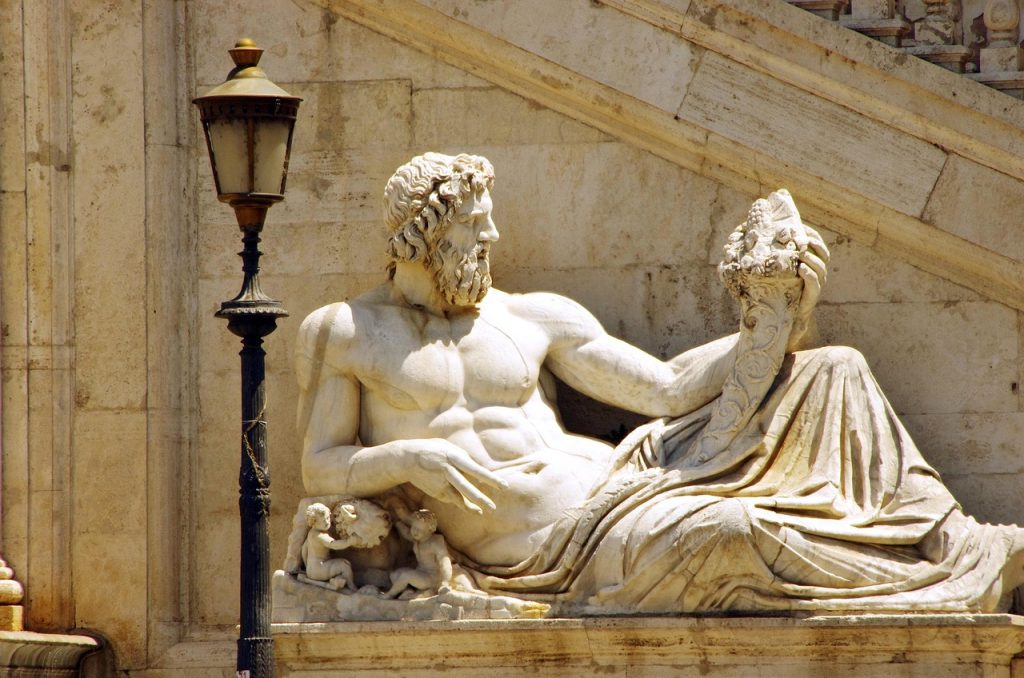The True Origins of Valentine’s Day: A Journey Through Time

Valentine’s Day, celebrated annually on February 14, is widely recognized as a day of romance, love, and affection. However, its true origins are rooted in ancient history, blending elements of mythology, religion, and tradition that have evolved over the centuries.
Ancient Beginnings: Pagan Festivals and Roman Roots
The earliest known connection to Valentine’s Day dates back to ancient Rome with the festival of Lupercalia, celebrated between February 13 and 15. This fertility festival honored Faunus, the Roman god of agriculture, and Romulus and Remus, the mythical founders of Rome. The event involved rituals that were believed to bring health and fertility, including a matchmaking lottery where young men and women were paired together.
Lupercalia was later outlawed in the 5th century by Pope Gelasius I, who sought to Christianize the celebration. He replaced it with St. Valentine’s Day, honoring one or more martyred saints named Valentine.
The Legend of St. Valentine
There are multiple accounts of St. Valentine, with the most popular legend involving a Roman priest named Valentine who lived during the reign of Emperor Claudius II. The emperor, believing that single men made better soldiers, banned marriage for young men. Valentine defied this order and secretly performed weddings, which led to his arrest and execution on February 14, around 269 AD.
Another version of the legend suggests that Valentine was a prisoner who fell in love with his jailer’s daughter. Before his execution, he allegedly sent her a note signed “From your Valentine,” a phrase still used today.
Medieval Romance and the Influence of Chaucer
By the Middle Ages, Valentine’s Day became associated with romance, largely due to Geoffrey Chaucer’s 14th-century poem Parliament of Fowls, which linked the day to the pairing of birds in early spring. This idea of romantic love took hold in European culture, and the practice of exchanging love notes and tokens became widespread.
The Evolution of Valentine’s Day Traditions
By the 18th and 19th centuries, Valentine’s Day became a more commercialized celebration. Handwritten love letters gave way to mass-produced Valentine’s Day cards, especially in England and the United States. The invention of the printing press and the rise of postal services made sending Valentine’s messages easier and more popular.
The 20th and 21st centuries saw the expansion of Valentine’s Day into a global industry, with chocolates, flowers, and jewelry becoming standard gifts. The holiday has also evolved beyond romantic relationships, with many people celebrating friendships, family, and self-love.
Valentine’s Day Today
Today, Valentine’s Day is celebrated worldwide in various ways. While it remains a significant day for couples, it has also become a time for people to express appreciation for loved ones in general. In some countries, such as Japan and South Korea, unique customs have emerged, including women giving chocolates to men on February 14 and men reciprocating the gesture on White Day (March 14).
Despite its commercial aspects, Valentine’s Day continues to symbolize love and connection, reflecting centuries of history and tradition. Whether inspired by ancient Roman rituals, medieval poetry, or modern marketing, the spirit of Valentine’s Day endures as a testament to the power of love in human culture.







More Stories
Top Tech Executives Sworn In as U.S. Army Reserve Lieutenant Colonels; Sparks Fly
Rising Tide: Crystal Bottles and the Booming Trend of Structured, Activated, and Alkaline Waters
BREAKING: U.S. Bombs Three Iranian Nuclear Sites — Global Tensions Surge